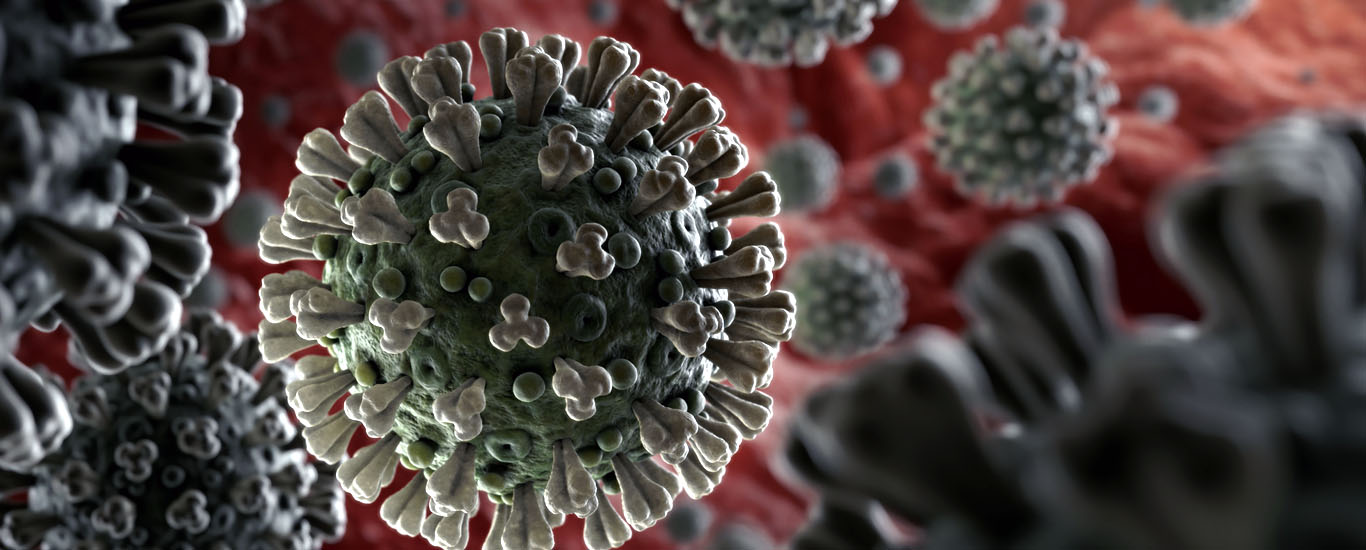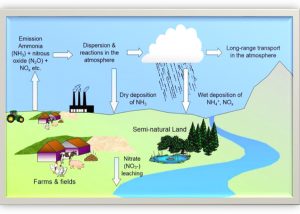
It is scientifically proven that the mortality rate of Hantavirus is 10%. The virus was named after Hunter River, located in South Korea. The virus was first discovered by Ho Wang Lee and his colleagues in 1976. They isolated the virus from the lungs of stripped field of mice.
The virus is also known as Hantavirus Pulmonary Syndrome (HPS). It was first outbroken back in 1933 at U.S. The first case reported was a young physical fit man who was suffering from shortness of breath and died shortly.
In March 2020, a man from Yunnan, China was tested positive for Hantavirus. He died while travelling to Shandong for work on a chartered bus. According to the local Press, around 32 other people have been tested for the virus.
Introduction
Hantavirus, also called as Orthohantavirus is genus of single-stranded, enveloped negative-sense RNA virus. The virus belongs to the family, Hantaviridae and Order, Bunyavirales.
The virus infects rodents, but do not cause disease in them. Humans become infected with Hantavirus through contact with rodent urine, saliva, or feces.
The Hantavirus is not transmitted from human to human contact.
Physiology
Hantavirus virions are about 120–160 nanometers (nm) in diameter. The lipid bilayer of the viral envelope is about 5 nm thick and is embedded with viral surface proteins to which sugar residues are attached.
HPS: A Rodent-Borne Disease
Hantavirus pulmonary syndrome is a life threatening disease. It was spread in California by mice among human population.
The symptoms are similar to influenza. The virus can be found mice feces, urine and saliva. The infected dropping can become airborne. This can be inhaled by humans, leading to cause acute respiratory distress. The infection can become life threatening very quickly.
Symptoms
The early symptoms include chills, fever and muscle aches. The symptoms will lead into dry cough, headache, nausea, vomiting and shortness of breath.
The viral disease is most prevalent in rural areas. Campers and hikers are more likely to catch disease because tents rest on the ground. Though it is proven that disease cannot spread between humans.
Treatment
Ribavirin can be used against Hantavirus Pulmonary Syndrome (HPS) but its effectiveness remains unknown, still, spontaneous recovery is possible with supportive treatment.
As of 2016, there is no FDA-approved, commercially available vaccine against hantavirus. A vaccine known as Hantavax has been under study since 1990. As of 2016, the development was in clinical phase 3 trial stage.
-By Maryam Korejo, Shaheed Benazir Bhutto University of Veterinary and Animal Science (SBBUVAS), Sakrand







